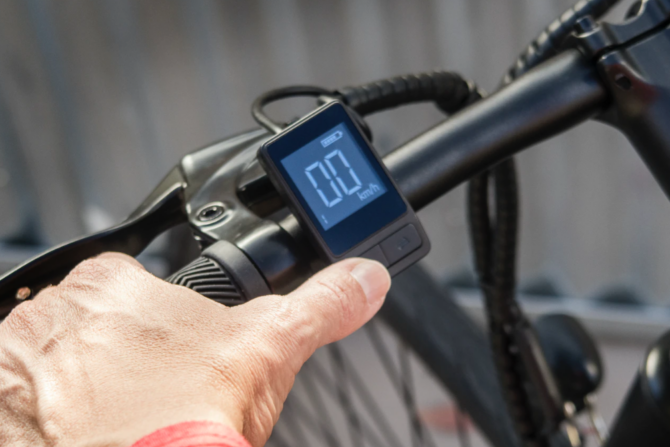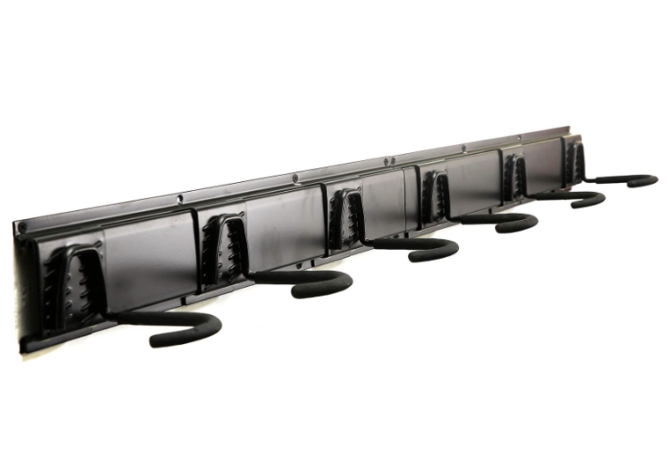From CleanTechnica.com
Introduction (electric cars are great, but bikes are better)
As we move toward a greener world, transportation is a large part of the picture. There is an ongoing revolution involving electric cars, trucks, vans, and buses which will radically reduce CO2 and other harmful emissions. Greater development and use of electrified public transportation will also make an important contribution. However, there is a method of transportation that is even more friendly to the environment: bicycles!
Rider-powered bicycles are the greenest, but the ebike revolution of the last few years has greatly expanded the utility of bicycles. Distances that were too great, hills that were too steep, and headwinds that were too strong formerly made biking out of the question for all but young and very fit riders. There are still questions about safety, weather, and the fitness of the riders, but in cities with safe roads and trails, on good-weather days, bicycles are increasingly seen as the greenest way to commute, run errands, and shop for distances up to, say, 10 miles or so. Bikes can also be used for last-mile transportation in conjunction with public transit (see figure 1).
Ebikes for commuting
In relatively dry and warm climates like we have in the U.S. Southwest, ebikes can be your primary means of commuting ~300 days a year. Primary requirements: 1) Your commute is fewer than 20 miles each way, preferably fewer than 10 miles; 2) you have a safe route that involves separated bike trails, bike lanes on busier streets, or neighborhood streets with little traffic; 3) you have a place to keep the bike where it won’t be stolen on both ends of your commute (high-end ebikes can be very expensive, so they may be a prime target for thieves); 4) you are moderately fit, with no back or neck issues, and you are able to ride a two-wheel bike. (Note recumbent two-wheel and three-wheel bikes solve many back and neck problems when it comes to biking.)








